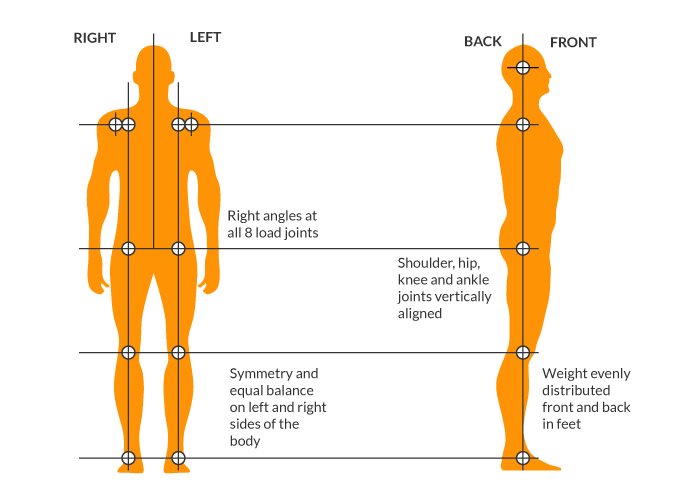If you come into clinic with musculoskeletal pain then I will often carry out a postural assessment as part of our initial appointment. I do this by asking you to stand straight so that I can check your alignment. Are your feet facing straight ahead or are they turned inwards or outwards? Do you lean forward or back? Is one shoulder higher than the other?
Doing this can provide me with additional clues about where your pain may stem from. We can often feel pain in an area of the body away from the root cause, for example hip pain can result from an ankle injury. Locating the path of any misalignment can help me to provide you with a better targeted treatment.

Learning from Western Medicine practitioners
Yesterday I sat in with an orthopaedic surgeon whilst he conducted an examination of a patient. He started by asking some of the same questions that I ask about pain. For example, what (if anything) makes it feel better and what is it worse for. He then went on to palpate (gently press) around the patient’s painful knee. Finally he asked her to stand and to walk around a little. This let him check for anywhere that was bending in or out where it shouldn’t (misalignment). He discovered that a knee sprain was not able to mend because the patient’s ankle was twisting with each step they took. This pulled on the muscles attaching to the knee. He advised her to wear shoes with good arch support to correct this. This should allow the knee to mend in its own time.
So if you come to clinic with musculoskeletal pain don’t be surprised if I ask you to stand up so that I can take look at you. And if you’ve twisted an ankle recently please don’t think it’s unimportant to tell me about it because you’ve come with a bad back. The two could be connected.
